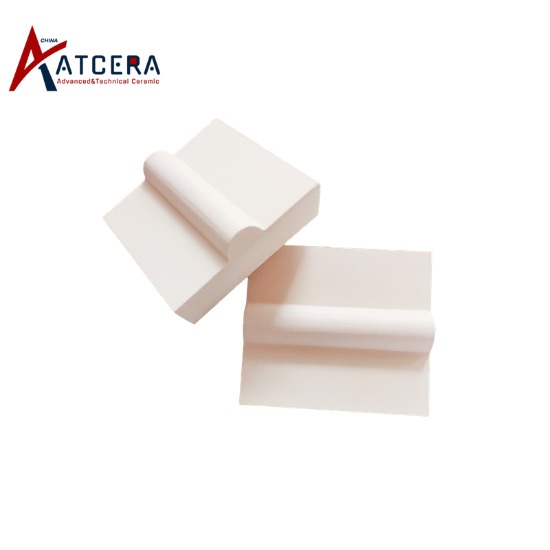When selecting materials for industrial or commercial applications, durability often tops the list of priorities. Alumina ceramic, a widely used advanced material, stands out for its exceptional durability, making it the preferred choice across various industries. But what exactly makes alumina ceramic so durable , and why should you consider it for your applications?
Understanding Alumina Ceramic
Alumina ceramic , composed primarily of aluminum oxide (Al₂O₃), is a high-performance material that exhibits remarkable properties such as high mechanical strength, excellent thermal stability, and outstanding corrosion resistance. These characteristics stem from its robust molecular structure, which enables it to withstand extreme conditions without degradation.
What Makes Alumina Ceramic Durable?
High Hardness Alumina ceramic is one of the hardest materials available, ranking close to diamonds on the Mohs scale. This hardness makes it resistant to wear and tear, even under constant friction or abrasion.
Corrosion Resistance Unlike metals that may corrode or oxidize over time, alumina ceramic is chemically inert. It can endure exposure to acids, alkalis, and other harsh chemicals without breaking down, making it ideal for environments where chemical stability is critical.
Thermal Stability Alumina ceramic can maintain its structural integrity at high temperatures, often exceeding 1,000°C (1,832°F). This makes it a reliable choice for high-temperature applications such as furnaces, kilns, and heat exchangers.
Impact and Wear Resistance The material's high fracture toughness ensures it can resist cracking and chipping under mechanical stress. Its wear resistance also extends its lifespan in applications involving heavy usage or harsh conditions.
Electrical Insulation In addition to its mechanical properties, aluminum ceramic serves as an excellent electrical insulator, adding another layer of reliability for electronic and electrical applications.
FAQs About Alumina Ceramic
What are the disadvantages of aluminum ceramic?
Despite its many benefits, aluminum ceramic has some limitations. It is brittle, which means it can fracture under sudden, high-impact forces. Additionally, its production cost can be higher than that of conventional materials like metals or plastics, which may be a consideration for budget-conscious projects.
How long does alumina last?
Alumina ceramic is exceptionally durable, with a lifespan that can extend for decades in suitable applications. Its resistance to wear, corrosion, and thermal degradation ensures a prolonged service life, even under challenging conditions.
How strong is aluminum ceramic?
Alumina ceramic is incredibly strong, boasting a compressive strength of up to 2,000 MPa and a tensile strength of around 260 MPa. This makes it suitable for demanding applications requiring exceptional mechanical performance.
Which ceramic is the most durable?
While aluminum ceramic is among the most durable ceramics, zirconia ceramic surpasses it in toughness and crack resistance. However, aluminum is often preferred for its balance of performance, cost-effectiveness, and versatility.
Applications of Alumina Ceramic
The durability of aluminum ceramic makes it a versatile material used in various industries, including:
Aerospace: For heat shields and engine components.
Medical: In prosthetics and implants due to its biocompatibility.
Electronics: As an insulator in high-voltage applications.
Manufacturing: For cutting tools, wear-resistant coatings, and machinery components.
Why Choose Alumina Ceramic for Your Needs?
Alumina ceramic not only provides unmatched durability but also reduces the need for frequent replacements or maintenance, making it a cost-effective solution in the long run.
CTA: Ready to explore the benefits of alumina ceramic for your applications? Visit ATCera today and discover our range of high-quality alumina ceramic products designed to meet your industry's unique needs. Contact us for a customized solution!









